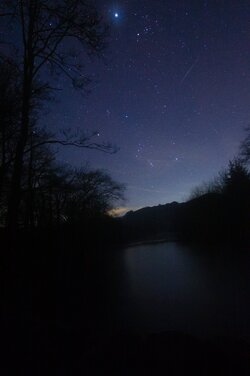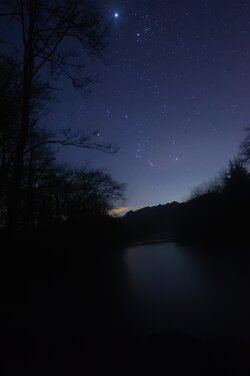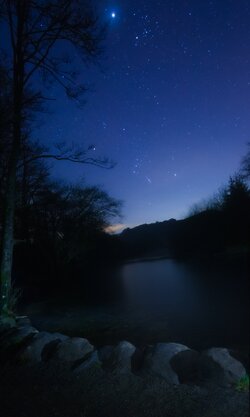inferlogic
Member
- Messages
- 11
- Likes
- 2
Welcome to Photoshop Gurus forum. Register a free account today to become a member! It's completely free. Once signed in, you'll enjoy an ad-free experience and be able to participate on this site by adding your own topics and posts, as well as connect with other members through your own private inbox!
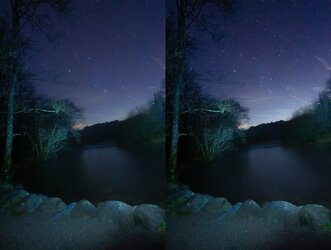
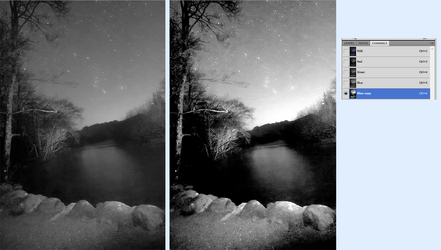
Completely replace it, so select sky, inverse the selection and put another in behindAre you wanting to completely replace the sky or just make minor adjustments?
Thanks for the pointers, I'll give it a trySometimes, using Channels can be helpful with difficult selections.
- Go into the Channels palette and examine each individual channel: red, green and blue. You're looking for the channel that has the most contrast between the sky and the rest of the image.
- The one that best isolates the sky is the blue channel, shown here on the left.
- Make a copy of the blue channel and press Ctrl+L, which opens a Levels adjustment. Play with the Levels sliders to further lighten the sky and darken the trees. My result is the image on the right.
- From this new image, I used the Magic Wand tool, set to contiguous. Holding down the Shift key (which adds to your selection every time you click), I clicked the Magic Wand onto several areas of the sky to try to select as much as possible while not selecting the trees.
- Once you have a reasonable selection, save it. Then reactivate the RGB Composite channel and go back into your Layers palette.
- You can now use your saved selection as a mask for a new sky. It won't be perfect because this is a very dificult selection, but it might be good enough as a starting point for further manual adjustments.
View attachment 149109
Great..........I always enjoy seeing how you progress!I'll let you know how I get on then
Is this a new AI function?tried Edit/Replace Sky
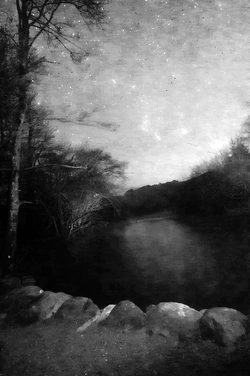
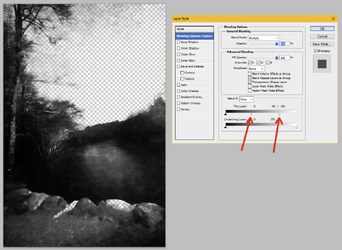
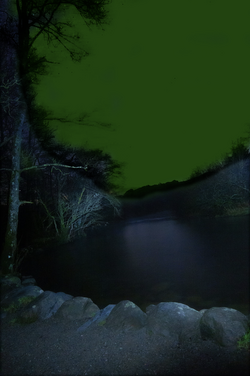
My dyslexia kicked in. Should read Edit/Sky ReplacementIs this a new AI function?
